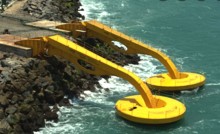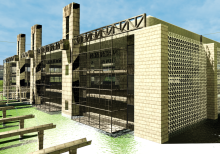Educational Science Simulation | Heritage Science Simulation
Background: Simulations are a useful resource for learning A-Level Physics. Part of my current research involves re-creating some original physics experiments from the 1920's - 30's where the apparatus no longer exists. This project is suitable for anyone who is considering entering the teaching profession, as a teacher of computing. You will work with teachers and/or A-Level physics students supported by a tutor from the Institute of Educaton. You will use the Unreal engine and write code in C++ using our Simulation Framework code base.
Aims: (i) To create a simulation of one or more physics experiments, (ii) To create associated learning resources, (iii) To evaluate these resources with students and/or teachers.
Objectives: This project could run as 'Action Research' where you iteratively design, build and test (evaluate with students and or teachers) your product.
Lit. Review: There is a huge amount of journal articles available. Many focus on physics simulation, others focus on the use of game engine technology in education.
Secondary Data: Other simulation resources.
Primary Data: Evaluation of your simulation and associated resources. This could be via a focus group, or via questionnaires.
Technology: Unreal-4 (lab machines) or Unreal-5 using our MAS22 softwareEv framework.
Ethical Approval: Requires enhanced Ethical Approval since this project involves collecting data from people.





